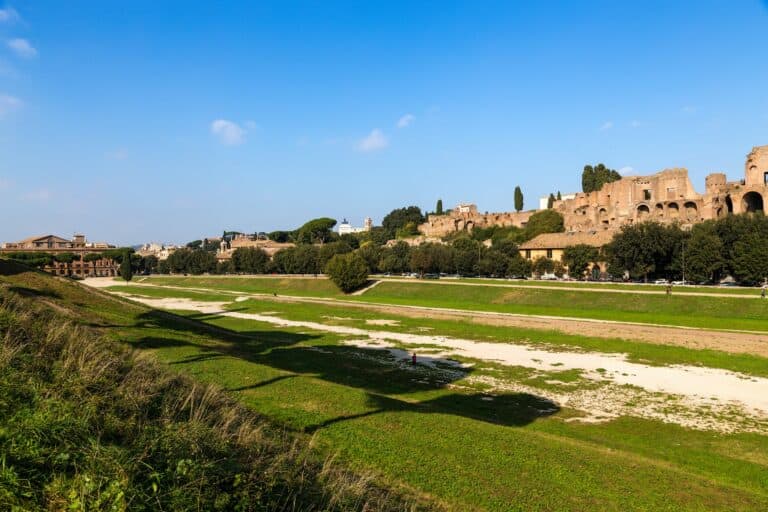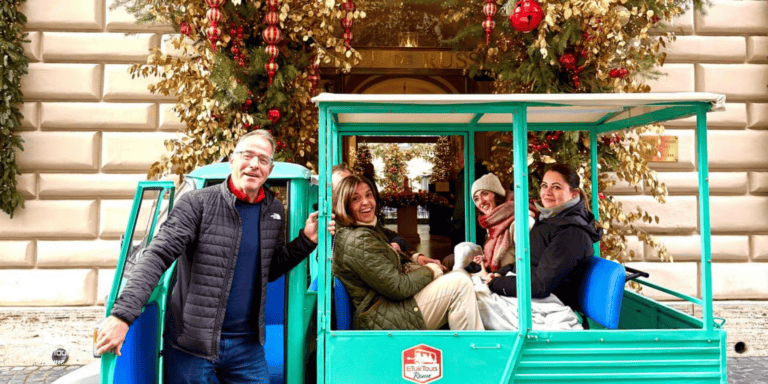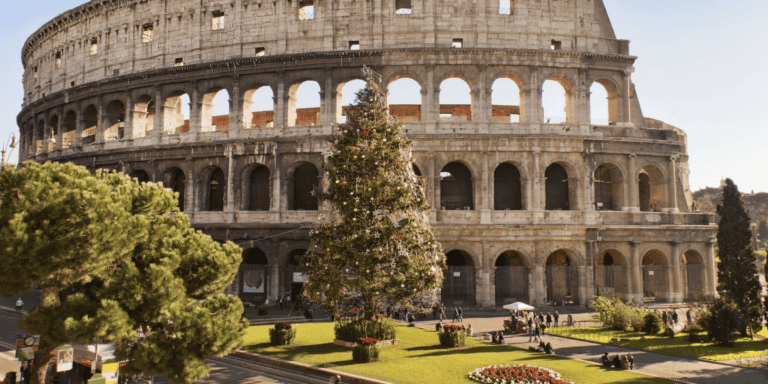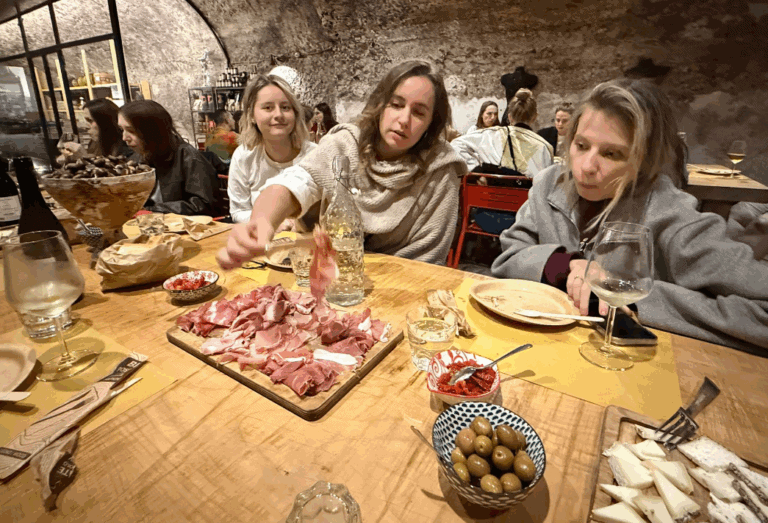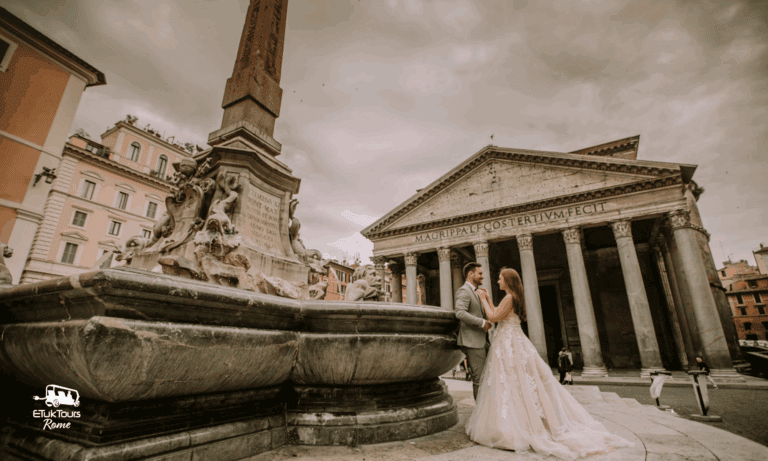Imagine waking up in a city steeped in history, with cobblestone streets, stunning architecture, and vibrant streets full of life. Moving to Rome can be an exhilarating experience, but it also comes with its own set of challenges that can overwhelm newcomers. To truly thrive in this magnificent city, it’s essential to arm yourself with the right knowledge and resources.
Understanding the intricacies of Roman life—from choosing the ideal neighborhood to navigating the bustling rental market—is key for a smooth transition. Additionally, grasping healthcare options, public transportation, and essential social networks will significantly enhance your experience. It’s not just about living in Rome but embracing its rich culture and lifestyle while managing your budget and visa requirements.
In this article, we will explore the top 10 essentials that every newcomer needs to navigate the Eternal City. Whether you’re an expat seeking a fresh start or a traveler considering a longer stay, these insights will help you turn your Roman dreams into a reality. Let’s dive in!
How is living in Rome?
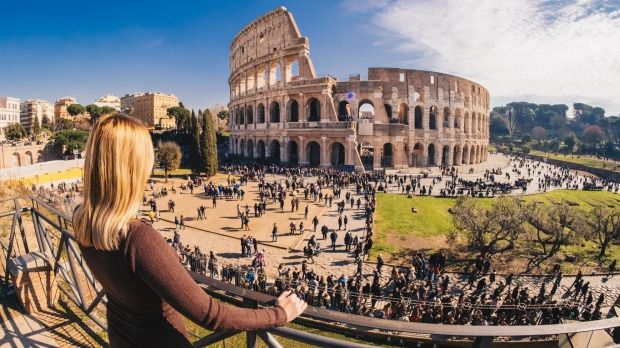
Choosing the Right Neighborhood: Prati vs. Trastevere
When deciding between Prati and Trastevere for your Roman residence, each neighborhood offers unique benefits that cater to different lifestyles.
Prati is renowned for its orderly streets, upscale shopping, and close proximity to the Vatican. The public transport network here is efficient, making daily commutes to the city center convenient. Ideal for families and expats, Prati provides a blend of the historic and modern with ample English-speaking doctors and schools.
Trastevere, on the other hand, is a vibrant district full of character. Its narrow cobblestone streets echo with the sounds of traditional Italian life. This area thrives with lively markets and authentic eateries, attracting those who relish a more bohemian everyday life. The language barrier can be minimal due to the diverse expat community, although engaging with the Italian language enhances the experience.Ultimately, choosing between Prati and Trastevere depends on whether you prioritize structured elegance or vibrant authenticity in the beautiful city of Rome.
Navigating the Rental Market: Finding Your Home
Navigating the rental market in Rome can be an exciting yet challenging experience. With its beautiful cities, vibrant neighborhoods like the historic center and San Basilio, finding the perfect home requires patience and strategy.
Top Tips for Finding Your Home in Rome:
- Understand the Neighborhoods: Each area offers a unique vibe, from the bustling city center to quieter areas with a strong sense of community.
- Budget Wisely: Rome offers a range of options, but be prepared for the cost, especially in the city center.
- Use Reliable Resources: Engage with local real estate agents who understand housing and rental nuances, particularly for foreign residents.
- Public Transport: Consider proximity to public transportation and regional train stations for easy commutes.
- Language Considerations: Knowing some Italian can be advantageous, though many English-speaking staff are available to assist expats.Navigating Rome’s rental market may initially seem daunting, but with the right approach, you’ll find a home that fits your lifestyle and enhances your quality of life in this vibrant European city.
Understanding the Healthcare Options: Public vs. Private
Navigating healthcare in a new environment can be challenging, particularly for foreign residents in Rome. Understanding your options between public and private healthcare is crucial for ensuring quality medical care.
Public Healthcare:
- The Italian public health system, also known as Servizio Sanitario Nazionale (SSN), provides comprehensive services to residents.
- Care is generally free or low-cost for those with a residence permit.
- Language barriers can pose challenges, though some hospitals may offer English-speaking staff.
- Public facilities may experience longer waiting times and bureaucratic issues.
Private Healthcare:
- Opting for private health insurance in Rome can lead to more personalized care and shorter wait times.
- Private hospitals often have English-speaking doctors, beneficial for expats and self-employed individuals.
- Costs are higher compared to public options but offer a higher quality of service and comfort.
Here’s a quick comparison between public and private healthcare:Selecting the right option depends on your specific needs and can significantly enhance your quality of life in the Italian capital.
Mastering Public Transportation: Metro and Buses Made Easy
Living in Rome offers a remarkable blend of history and modernity, but navigating the Italian capital can be daunting without mastering its public transportation system. Rome’s public transport network is robust, featuring metro lines, buses, and regional trains that connect every corner of this beautiful city. Understanding the system is essential for expats and foreign residents to fully enjoy everyday life in one of Europe’s most vibrant cities.
Rome’s Public Transport:
- Metro: Efficient for traveling to and from the city center, with three lines (A, B, and C) crossing key points, including the historic center and train stations.
- Buses: Complement the metro, reaching areas like San Basilio with frequent service throughout the city.
- Regional Trains: Perfect for commuting from nearby towns, offering a convenient solution for those seeking residential peace outside the bustling city center.
Despite the occasional language barrier, the presence of English-speaking staff at information points eases any worries. Additionally, self-employed expats and independent travelers often appreciate the cost-effectiveness of public transport over taxis. Rome’s vibrant everyday life, unparalleled quality of life, and ease of access to iconic spots like Villa Borghese make mastering its public transport a bright prospect for an enriching Roman experience.
Driving in Rome: Tips for Navigating the Roads
Navigating the roads in Rome can be both thrilling and challenging due to its historic center, bustling city center, and unique traffic patterns. Here’s a concise guide to ensure a smooth driving experience:
Tips for Driving in Rome:
- Understand ZTL Zones: Many parts of the city center are restricted to local traffic. Always look for Zona a Traffico Limitato (ZTL) signs to avoid hefty fines.
- Use Public Transport for the City Center: The public transport network is efficient, and parking is limited. Consider taking the metro, bus, or even a bike for city center visits.
- Stay Patient with Traffic: Busy streets and unexpected stops are part of Roman everyday life. Maintain patience, especially near popular attractions like Villa Borghese and the Colosseum.
- Navigate Roundabouts with Care: Rome’s roundabouts can be confusing. Yield to vehicles already circulating, and choose lanes wisely.
- Beware of Scooter Lanes: Scooters are common, and they often weave through traffic. Stay vigilant when changing lanes.
Driving in Rome requires adaptability and patience, but once familiar, it offers an unparalleled way to explore this remarkable European city.
Building a Social Network: Connecting with Expatriates
Building a social network as an expatriate in Rome can profoundly enhance your quality of life. Connecting with other expats is crucial in navigating daily life, especially with the language barrier and bureaucratic issues like residence permits.
Rome, a city known for its beautiful historic center and vibrant Italian families, also boasts a dynamic community of foreign residents. Self-employed expats and professionals can benefit from joining expat groups on social media or attending meetups in the city center. These gatherings often feature English-speaking staff who can help ease the transition into Rome’s everyday life.
Tips for Expats:
- Join Expat Forums: Online communities are invaluable for building connections.
- Attend Cultural Events: Experience Rome’s rich culture and meet locals and expats alike.
- Explore Language Courses: Improve your Italian language skills and meet new friends.
For an active social life, meeting at Villa Borghese for a walk or exploring the city’s public transport network with newfound friends is ideal. With Rome’s extensive public transportation and regional train networks, connecting with fellow expats has never been easier.
In summary, building a social network with fellow expatriates can transform your experience in this picturesque European city.
Embracing Italian Culture: Customs and Etiquette
Embracing Italian culture involves understanding and appreciating its customs and etiquette. Italians are known for their warmth and hospitality, making social interactions an essential part of everyday life.
Key Customs and Etiquette:
- Greetings: Always greet with a handshake or cheek kisses, depending on familiarity. “Ciao” is informal, while “Buongiorno” or “Buonasera” adds a formal touch.
- Dining: Dining is a cherished experience. Wait to be seated and don’t begin eating until everyone is served. Remember to say “Buon appetito!” before you start.
- Dress Code: Italians dress elegantly. Whether at work or a casual outing, appearance matters; it reflects respect for those around you.
- Punctuality: While Italians value leisure, business meetings should be punctual. However, social events may allow some flexibility.
- Gift-Giving: Bring a small gift, like wine or chocolates, when invited to an Italian home. Avoid chrysanthemums; they associate with funerals.
- Respect for Family: Family is central in Italy. Even in business, personal relationships help build trust.
By respecting these customs, you’ll find integrating into life in beautiful Italian cities like Rome less daunting and more rewarding.
Discovering Rome’s Culinary Delights: Must-Try Dishes
Discovering Rome’s culinary delights offers a tantalizing journey into the heart of Italian culture. When in Rome, food isn’t just sustenance; it’s an experience that underscores daily life with rich, vibrant flavors.
- Cacio e Pepe: This simple yet divine pasta dish made with pecorino cheese and black pepper is a staple in the city center’s trattorias.
- Carbonara: Authentic Roman Carbonara, crafted with eggs, pecorino cheese, pancetta, and black pepper, offers a creamy texture that is undeniably delicious.
- Supplì: These divine, deep-fried rice balls stuffed with mozzarella are the perfect street food snack.
- Carciofi alla Romana: Rome’s love for artichokes is evident in this dish, where they’re simmered with garlic, parsley, and mint.
- Saltimbocca alla Romana: This traditional veal dish, topped with prosciutto and fresh sage, bursts with flavor.
In Rome, everyday life revolves around these culinary masterpieces. Even within the bustling city center, these dishes encapsulate Italy’s love for good food. Whether you’re a self-employed expat or an Italian family, Rome’s cuisine is a quintessential part of its rich tapestry. Embrace the flavors and savor every bite!
Managing the Cost of Living: Budgeting Wisely
Managing the cost of living in any city, let alone a beautiful city like Rome, requires strategic budgeting and foresight. Here’s how you can budget wisely in the Italian capital:
- Accommodation
-
- Consider living slightly outside the city center to save on rent.
-
- Popular but affordable areas such as San Basilio offer a charming local vibe.
- Public Transportation
-
- Make use of Rome’s efficient public transport network, including buses, the metro, and regional trains.
-
- Monthly public transport passes are cost-effective for daily commuting.
- Grocery Shopping
-
- Shop at local markets and discount supermarkets for fresh produce.
-
- Learn some Italian language basics to ease transactions and interactions.
- Healthcare
-
- Invest in private health insurance plans if you’re a self-employed expat.
-
- Find an English-speaking doctor to avoid language barriers during medical consultations.
- Extra Costs
-
- Factor in costs for residence permit renewals and other bureaucratic issues.
-
- Plan occasional splurges for independent travel within Europe, using its accessible train stations.
By managing these aspects wisely, you can enjoy a high quality of life in one of Europe’s most historic centers, without breaking the bank.
Understanding Visa Requirements: What You Need to Know
Navigating visa requirements can be daunting, but understanding the essentials makes the process smoother. Here’s what you need to know:
Types of Visas:
- Tourist Visa: For short-term leisure visits.
- Business Visa: For those attending conferences or business meetings.
- Student Visa: Required for non-citizens pursuing education.
- Work Visa: Necessary for foreign nationals employed in the country.
Application Essentials:
- Valid Passport: Ensure it has at least six months of validity from your planned departure date.
- Completed Application Form: Fill out accurately, leaving no information blank.
- Passport Photos: Follow specific size and format requirements.
- Proof of Funds: Bank statements or pay slips showing financial capability.
- Travel Insurance: Verify if health coverage is necessary.
- Proof of Accommodation: Hotel bookings or a letter from your host.
Important Tips:
- Check the specific requirements for each visa type.
- Application processing times can vary; apply well in advance of travel.
- Some visas might require an interview at the consulate.
Understanding these requirements ensures a hassle-free visa application experience. Plan ahead and be prepared!

